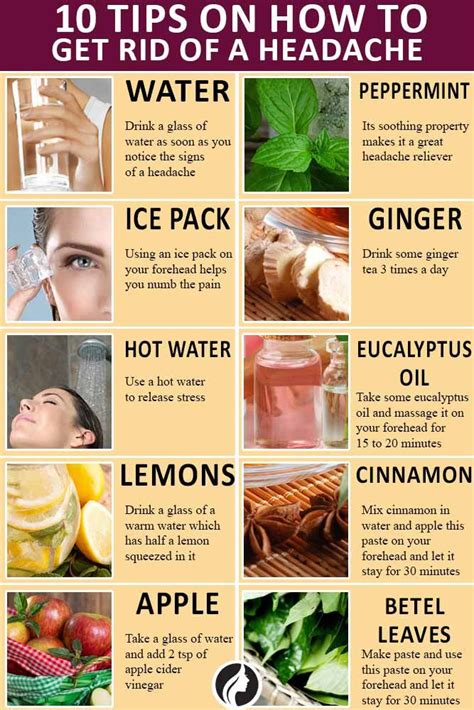How to Get Rid of a Headache: Fast Relief and Prevention Strategies
Headaches. That throbbing, pounding pain that can derail your day. They're incredibly common, affecting almost everyone at some point. But understanding the different types of headaches and employing the right strategies can significantly reduce their frequency and severity. This guide will explore various methods to get rid of a headache, from quick fixes to long-term preventative measures.
Understanding Your Headache: Types and Triggers
Before diving into solutions, it's crucial to identify the type of headache you're experiencing. This will help determine the most effective treatment. Common types include:
- Tension Headaches: These are the most common type, characterized by mild to moderate pain, often described as a tight band or pressure around the head.
- Migraines: These are often more severe, with throbbing pain, usually on one side of the head, and frequently accompanied by nausea, vomiting, and sensitivity to light and sound.
- Cluster Headaches: These are intensely painful headaches that occur in clusters, with multiple headaches happening over a period of time, followed by a period of remission.
- Sinus Headaches: These headaches are often caused by sinus infections and are accompanied by facial pain and pressure.
Identifying your headache type will help narrow down the best treatment approach. Keep a headache diary to track frequency, duration, severity, and any potential triggers. Common headache triggers include:
- Stress: Stress management techniques are crucial for preventing headaches.
- Dehydration: Drinking plenty of water throughout the day is essential.
- Lack of Sleep: Aim for 7-8 hours of quality sleep per night.
- Caffeine Withdrawal: Gradually reduce caffeine intake to avoid withdrawal headaches.
- Certain Foods: Pay attention to your diet and identify potential food triggers.
- Alcohol: Moderate alcohol consumption or avoiding it altogether can help.
Fast Headache Relief Techniques: Quick Fixes
When a headache strikes, you need fast relief. Here are some immediate actions you can take:
- Over-the-Counter Pain Relievers: Ibuprofen, acetaminophen (paracetamol), and naproxen are commonly used for headache pain relief. Always follow the dosage instructions.
- Hydration: Drink plenty of water. Dehydration is a common headache trigger.
- Rest in a Dark, Quiet Room: Minimize sensory stimulation to reduce pain.
- Cold or Warm Compress: Apply a cold compress to your forehead or a warm compress to the back of your neck. Experiment to see which works best for you.
- Gentle Massage: Massage your temples, forehead, or neck to relieve tension.
Long-Term Headache Prevention Strategies
While quick fixes are helpful for immediate relief, preventing headaches is the ultimate goal. Here's how:
- Manage Stress: Incorporate stress-reducing activities into your daily routine, such as yoga, meditation, or deep breathing exercises.
- Prioritize Sleep: Aim for 7-8 hours of quality sleep each night. Establish a regular sleep schedule.
- Stay Hydrated: Carry a water bottle and sip throughout the day.
- Maintain a Healthy Diet: Eat a balanced diet rich in fruits, vegetables, and whole grains.
- Regular Exercise: Physical activity can help reduce stress and improve overall health.
- Limit Caffeine and Alcohol: Moderate or eliminate intake as needed.
- Identify and Avoid Triggers: Keep a headache diary to pinpoint personal triggers.
When to Seek Medical Attention
While many headaches can be managed at home, it's essential to seek medical attention if:
- Your headaches are sudden, severe, or worsening.
- You experience headaches accompanied by fever, stiff neck, vision changes, or numbness.
- Over-the-counter pain relievers don't provide relief.
- You experience frequent or debilitating headaches.
This information is for general knowledge and does not constitute medical advice. Always consult with a healthcare professional for diagnosis and treatment of headaches. They can help determine the underlying cause of your headaches and recommend the most appropriate course of action.
